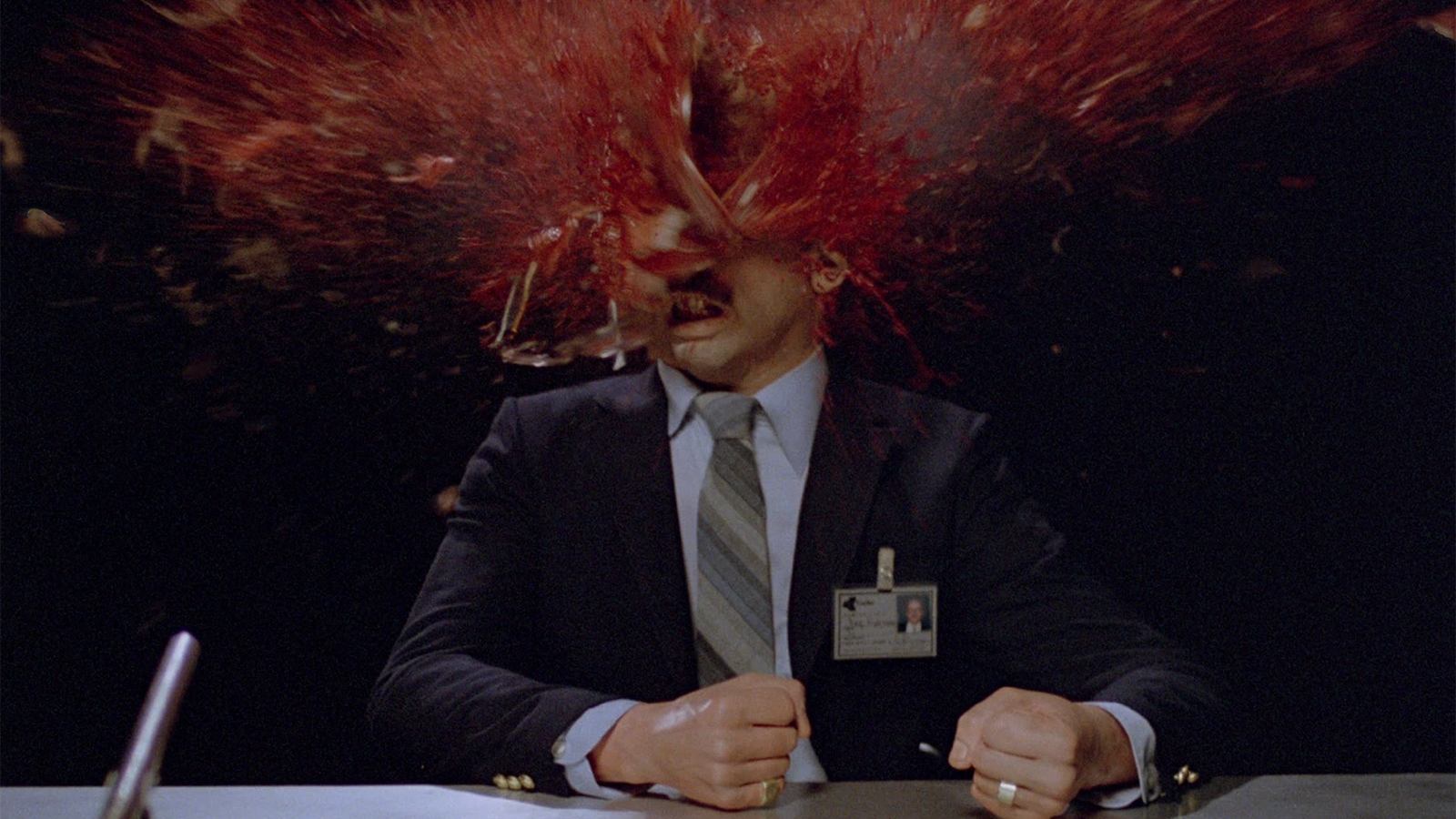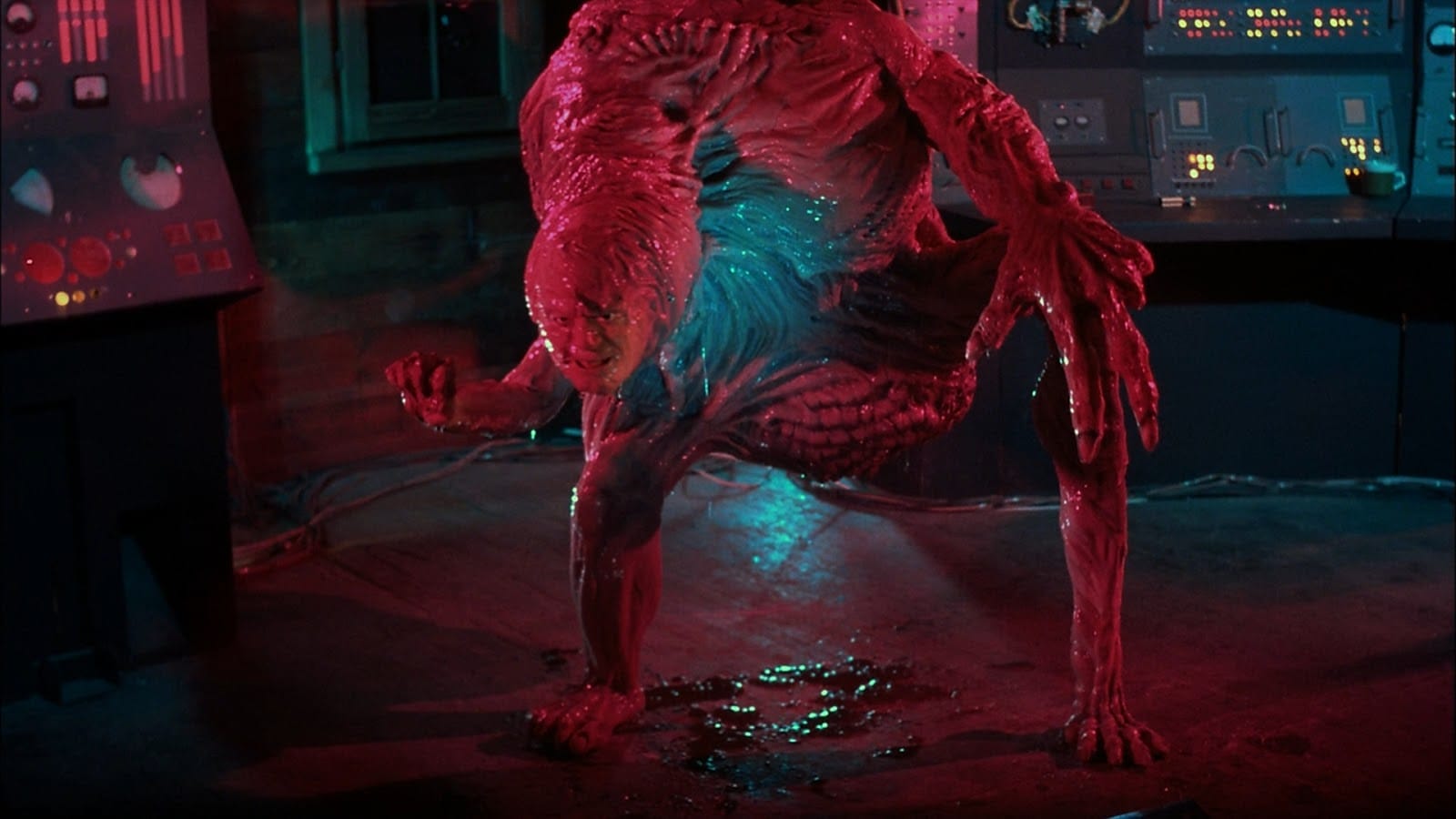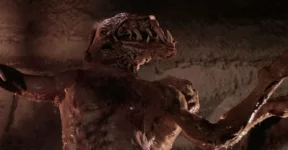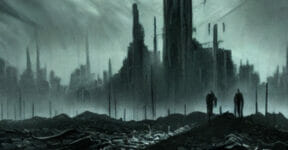When used properly in films, body horror is an effective tool to deliver a shocking and lasting impression on the audience. It also works on novels or any other written narratives, but the lack of visual aspect takes away a heavy chunk of the gruesomeness from the supposedly morbid imagery of oddities that have befallen the human body. Sci-fi horror films like The Thing (1982), The Fly (1986), From Beyond (1986), Species (1995), Splice (2009), and Crimes of the Future (2022) are all fine examples of how grisly portrayal of the anatomy is used as the primary source of terror.

Every time you hear someone mentions the term “body horror,” the first thing that comes across your mind is a series of repulsive images depicting many the things best described as monstrosity: splatters of blood and pus from body cavities, weird appendages sprouting from the wrong places, mutilations, a person morphing into a weird creature, and so forth.
Body horror can be used in various contexts, for instance:
- Invasion
In its most basic concept, an invasion refers to the idea of a threat or an attack of an external origin that comes in and wreaks havoc along the way. With body horror, the external threat penetrates the human body and carries out gruesome attacks that may alter the victim’s anatomy. Supernatural horror often gives a depiction of an invasion as demonic possession–a hostile ghost capable of entering the human body and controlling the victim’s range of motions. It can cause unnatural movement of the limbs, joints, eyes, or muscles; sometimes, the victim’s face becomes nearly unrecognizable.
Since sci-fi horror rarely mentions ghosts, the subgenre turns to aliens for the same purpose. An alien doesn’t have to be massive, at least initially, when it first “invades” a human body. It can be a small parasite-like organism that enters the human body through the mouth, or even smaller that it may insert itself into a nostril. The idea of an alien taking over a person’s body or using it as a host during an embryonic stage is pretty standard, as seen in Alien (1979), more specifically in the Facehugger and Chestburster scenes.
- Transformation
An alien invasion (into an Earthly organism) may lead to body transformation of some sort, but it isn’t the only possible culprit as far as sci-fi horror is concerned. If you want body horror caused by an unknown extraterrestrial species, John Carpenter’s The Thing (1982) is a prime example of the case. The titular creature is a shapeshifting monster that can absorb and transform any organism, including animals, into a true abomination. A similar effect is seen in David Cronenberg’s The Fly (1986), but it doesn’t involve any alien whatsoever; instead, the body horror is delivered to the audience with the stomach-churning depiction of human-fly hybrid creature. In both examples, the transformation doesn’t happen in an instant, but through a gradual process of metamorphosis, in which two completely different organisms merge their physical features to form a repugnant dread.
- Contagion
A sickening transformation has also been a staple of zombie fiction. Throughout the years, most zombies have been imagined in more or less the same fashion: a sickly human-like creature with missing body parts covered in bloody and tattered clothing. It also has saggy skin, bulging red eyes, and exposed teeth. Most zombies are slow-moving, but some films opt for the fast-pace type for an even more intense scare. Although it’s not impossible to use alien or extraterrestrial viruses as the malefactor causing the zombification, the typical culprit of choice is a naturally occurring or a lab-grown biological agent.
With its bones partially exposed, flesh torn apart, and patches of skin removed, a zombie is proper body horror. Add to those the lumbering stride and skull-like face, it has a nearly completely unsettling appearance. And if you also take into account the occasional headshot that blows up what’s left of its brain, you’re in for a body horror treat. The problem is that you’ve seen probably too many zombie movies to where they’re not as scary as they used to be. It’s not that zombies aren’t frightening, it’s just that they can’t surprise you anymore.
We think body horror is still relevant even after all these years because it understands that the reality of the human body, like it or not, is imperfect–they smell, leak, ache, and decay; they’re teeming with bacteria, prone to infection, susceptible to viral infections, and used as breeding grounds by parasites. Body horror knows all too well about humans’ inability to take full control of their own bodies. There might be something terrible happening in our bodies, and we might be unaware of it before irreversible changes occur. Like every highlighted element of a narrative, body horror often has a deeper meaning than a mere attempt to gross the audience out. It might even be part of the social commentary that a film tries to make on certain subjects, such as existential terrors, societal breakdown, nonsensical paranoia, government overreach, medical misconduct, pervasive surveillance, humanity’s dependence on technology, etc.
Do you prefer body horror to psychological horror? Is it possible to combine the two? We’d love to hear from you.
Other Things You Might Want to Know
What exactly is body horror?
In simple words, body horror can be defined as any form of horror that involves body disfigurement, mutilation, or unsettling anatomical configuration that’s NOT caused by immediate accident/violence. For example, if a character gets shot in the head and the brain scatters all over the place, it’s usually referred to as “bloody horror,” not body horror; a person who quickly transforms into a werewolf also isn’t a body horror. The defining requirement of a body horror is a depiction of disturbing, gradual, unnatural, and non-deliberate transformation/deformation of the body.
Some sci-fi body horror films:
- Tetsuo: The Iron Man (1989)
- Body Snatchers (1993)
- The Fly (1986)
- The Thing (1982)
- Brain Damage (1988)
- Re-Animator (1985)
- Society (1989)
- Xtro (1982)
- Teeth (2007)
Are zombies considered body horror?
In their original forms, zombies depict gross violations of the human body, so yes, they do qualify as body horror. Since they’re often depicted as the living dead, they’re not even supposed to exist at all. And the cannibalism that often accompanies the trope simply adds to the scare.







